
10 Copywriting Skills to Write Great Copies – That Sell!
Mar 12, 2025 7 Min Read 5111 Views
(Last Updated)
Anyone can string a few words together on a blank piece of paper, but getting people to feel, think, motivate – or ideally respond to it, is a whole new ballgame. Perhaps that’s why copywriters are some of the highest-paid writers in the world.
Essential copywriting is a content production strategy focused on one single agenda; convincing the reader to take a specific action. This could involve filling out a form, subscribing to a newsletter, making a purchase, or downloading a resource. It is one of the most critical elements of effective online marketing.
If you’re eager to uncover the secrets behind what makes a copywriter exceptional at their job, or if you’re looking to enhance your copywriting skills, you’ve come to the right place. We will break down 12 key characteristics that separate an outstanding copy from a mere working one.
Table of contents
- The Etymology of the word "Copy"
- Writing Copies in the 21st Century
- Copywriting is all about connecting dots that make sense!
- Paunchy Headlines go a long way
- Write for Yourself Audience
- Do Steller Research, so your customer doesn't have to!
- Avoid Jargon, Exaggeration and Pretentious Keywords
- A Good Copy stirs up emotion.
- User-Centric Design and Formatting
- Familiarity with Search Engine Optimisation (SEO)
- Brand Voice & Tone
- Adhere to Traditional Copywriting Principals
- Final Words
- FAQs
- What is the F-Shape Reading Pattern and how is it relevant to copywriting?
- How does SEO impact the effectiveness of copywriting?
- Why is understanding your target audience important in copywriting?
The Etymology of the word “Copy”
Needless to say when you hear the word ‘copy‘ the first thing that strikes your mind is “something original that is imitated in writing or printing.” Although to its literal transposition – The word “copy” in the context of advertising and writing is derived from the Latin word “copiare,” meaning “to transcribe” or “to write.”
This definition lost popularity in literature but remained in use among journalists and printers. In the mid-1870s, they started defining a copywriter as a professional who writes ads, distinguishing this role from that of a traditional news writer. Since then, copywriters have helped several brands to gain fame (some negative PR also*) as well as millions of dollars at the time.

– A Ford Ad for German Reich/Nazi Germany. Credits: Reddit
Enrolling in GUVI’s Digital Marketing course can help you become an expert in the digital world, regardless of your level of marketing expertise. Learn the ins and outs of email marketing, social media marketing, content production, SEO, and more from professionals in the field. Through practical projects and real-world case studies, acquire job-ready skills with globally recognized certifications.
Writing Copies in the 21st Century
So, What is copywriting today?
Except for a few technicalities such as SEO, the core principles of copywriting have always been consistent. The Selling funnel now is much more defined & evolved.
Today copywriting is digitalized. It is a lucrative career that mainly focuses on creating tailored text content such as email copies, PPC Ads, blogs, brochures, social media posts, landing pages and much more. Copywriters liaison with clients, understand their needs, write effective & concise copies, and work alongside web and graphic designers to ensure that the message is conveyed clearly.
In simple words, anything you write today for business is a copy, it all exists to drive conversion and revenue.
Everything you write helps make a sale, in some way.
Your copy makes them money. Even if it’s blog posts.
The blog post entices a reader to subscribe, allowing the company to capture their email lead which can then be converted into a sales lead.
However, you won’t get the luxury of writing a detailed thesis in short form copies, so there you have to tread carefully with words.
You may be interested in | 5 C’s of Content Marketing
Next up, we have whittled down 10 essential copywriting skills for every piece of content you wish to create – seamlessly and efficiently.
1. Copywriting is all about connecting dots that make sense!
When it comes to copywriting, creativity is a prized asset. Steve Jobs once said:
Creativity is just connecting things. When you ask creative people how they did something, they feel a little guilty because they didn’t really do it, they just saw something. It seemed obvious to them after a while. That’s because they were able to connect experiences they’ve had and synthesize new things.
That being said, if you are an aspiring copywriter, you need to be perceptive. You need to observe things and learn how to connect things when required.
Imagine you’re tasked with creating an advertisement for a luxury watch. You could approach it in a typical way, highlighting its precise engineering or sleek design—like many others have done.
Alternatively, you could choose to set aside the technical details and focus on the fineness part, on how it feels to own your watch, or perhaps make them feel how valuable their time is compared to others.

Did you notice a difference in this copy? Firstly, the ad deduced the watch’s significance or technicalities from its heading and instead held a spotlight on its target audience – the astute businessmen and elite rich. Secondly, through innuendo, the copy made sure that a Rolex watch is something a luxury, a concept possessed by just a handful of people. Thus boosting its brand value and making a connection.
Also Read: 10 Innovative Project Ideas for Students to Boost Creativity and Skills
2. Paunchy Headlines go a long way
It’s a sad truth, but most copies targeted for persuasion or conversion, either swim or sink right out of the gate based on their heading. Readers make snap decisions via a quick scan, and more often they will move on/scroll up to something else unless you craft an excellent headline.
“Nobody reads ads. People read what interests them. Sometimes it’s an ad.”
– Howard Gossage
Your heading is the first, and perhaps the only, impression you are gonna make on your prospective reader.

A well-crafted headline will set the tone for your entire piece and play a crucial role in capturing the attention in an already crowded online space. Without it, even the most compelling copies may go to waste. Sigh, We can’t stress enough.
3. Write for Yourself Audience
No two target audiences are ever the same. Suppose you’re writing a copy to sell a course to a working professional, but now you want to swipe the same copy for students. Well, it doesn’t work like that. Think of it as a custom-fit suit, would it fit your brother? No, Right. An expert copywriter knows their audience so that they can tailor the tone, messaging, and language to resonate with the intended audience.
Regardless of whether it’s a sales copy or a blog post, speaking directly to the audience’s needs, pain points, and desires enhances the relevance, relatability, and engagement of the content. This approach allows the writer to effectively communicate the value of a product or service, building a connection with the audience and boosting the likelihood of achieving the desired outcome.
Explore About Data-Driven Marketing: Benefits and Challenges
4. Do Steller Research, so your customer doesn’t have to!
Get your facts right – No matter what you’re writing. It is highly crucial, that your copy is well-researched and conveys up-to-date information. Always start your writing with an exhaustive search, learn about your product, its functionalities, target audience, industry trends, and competitors.
Once you figure out, the crucial pain points, and needs of your customer, you can connect the dots & write effectively. If you’re making a solid claim in your copy, ensure that it’s backed by solid evidence to increase credibility, otherwise, everything may go south and your client might face a legal issue.
5. Avoid Jargon, Exaggeration and Pretentious Keywords
David Ogilvy, founder of Ogilvy & Mather, and known as the “Father of Advertising”, once said:
The consumer isn’t a moron. She is your wife. Don’t insult her intelligence, and don’t shock her.
So you want your copy to be readable, engaging, factually sound, grammatically correct, optimized & unique. But can you make the above-said copy without sounding cocky? Nobody wants to be insulted or open a dictionary while reading unwanted Ads. Leave your crossword skills at bay and speak to readers in a normal human tone.
More often, when writers fail to convey what is truly special about their products or services, they may resort to using jargon or exaggerated language to emphasize their message. Which makes the whole copy underwhelming. A good copy doesn’t need to be spruce up (see what I did there); it just needs to be direct.
Make sure to write in a simple language. However, if you fail to do so, you can get some help from a modern paraphrasing tool. The tool will refine the text, make it more understandable for your readers, and compel them to take the desired actions.
Find Out About the Types of Search Intent in SEO: Rank Content on SERP #1
6. A Good Copy stirs up emotion.
One of the most powerful things a good copy can do is stop someone in their tracks and stir their emotions with a compelling message and an unexpected approach. For example, consider the billboard copy from UN Women.

They used an unexpected approach to blur the background image to convey the bold message related to women’s safety. The billboard Ad works because instead of going with a sullen message, it puts readers in a position of privilege, and expects them to care for the cause. A good copy tilts your perspective and every story can be viewed from a multitude of perspectives.- as a copywriter, it’s your job to find one that quivers.
7. User-Centric Design and Formatting
The primary goal of copywriters is informing as well as bringing clarity, but by the side, if the copy looks neat with adequate design elements, it does not hurt anyone, does it? A little attention to text formatting takes some time but it goes long with the reader. It can be a biased opinion, but as a copywriter, you should have the upper hand while working with designers and account execs to synthesize the product’s value or featured message in your copy.
We are not saying to not pay any heed to their suggestions, but you’re the one who will have a vision to lay down the groundwork. You should decide what word or phrase, you want to stress upon to maximize the captivity. Formatted texts are easier to read, so make sure you have the alignment, balance, and contrast right before approving any copy.
Know More: Brainstorming in Design Thinking – A Complete Guide
8. Familiarity with Search Engine Optimisation (SEO)
We couldn’t end this list without mentioning the importance of Search Engine Optimisation in today’s digital landscape.
SEO (Search Engine Optimization) is a powerful digital marketing tool that businesses use to attract new customers online. For copywriters, understanding and effectively implementing SEO practices in their writing is crucial.
It’s not just about scattering keywords throughout a blog post or web page; it’s about seamlessly integrating those keywords in the right places to enhance the website’s ranking potential. Google’s algorithms are sophisticated and can easily detect when keywords are artificially inserted or overused.
You, as a copywriter, should be well-versed in SEO, so that it can save significant time during the content creation process. By weaving SEO practices into the content as it is being written, rather than optimizing it afterward, the content is more likely to achieve better SEO results.
This proactive approach ensures the best chance of ranking higher for targeted keywords. In essence, incorporating SEO into copywriting is not optional; it’s a necessity. Ignoring SEO can result in content that fails to reach its intended audience, rendering the effort futile.
Know About How to Optimize Keywords for SEO: A Step-by-Step Guide
9. Brand Voice & Tone
Always keep in mind the voice and tone of your brand. Your brand’s voice is the brand’s underlying personality, which always stays the same. The tone of a brand can change depending on the circumstances, but it’s always underpinned by the voice.
Think of it as one close friend, you know what their voice sounds like, the kinds of things that they would say. That’s the kind of thing that you wanna achieve when you’re writing a copy for your familiar brand.
This will help make your copy relatable to the reader no matter the subject matter. A great example of voice and tone working together is Swiggy, which uses cultural reference and dry wit to convey its messaging, even when the messaging is bad news.

On the other hand, Royal Enfield is also edgy, but with a slightly rebellious, uptight voice, which is perfect for the brand’s decades-old reputation as the motorcycle of outlaws and globetrotters.
10. Adhere to Traditional Copywriting Principals
Several effective frameworks can guide your writing process when it comes to structuring persuasive copy. These are not hardline rules, but still take note of them before writing your copy:
Attention, Interest, Desire, Action (AIDA): Begin with a captivating hook to grab the reader’s attention. Follow this by appealing to their interests with relevant information. Transform this interest into desire by showcasing the benefits of your product or service, and finish with a compelling call to action.
Before-After-Bridge (BAB): Start by clearly outlining the readers’ pain points. Then, illustrate how their lives would improve if those issues were resolved. Present your product or service as the bridge that leads to this improved state.
Features-Advantages-Benefits (FAB): Focus on highlighting a product’s features. Explain the advantages that come with this feature, and then describe how the readers will benefit from these advantages.
Also Read: Paid Advertising Vs Content Marketing: A Detailed Comparison
Join GUVI’s Business Analytics & Digital Marketing Course to kickstart your journey in this exciting field. Gain expertise in ChatGPT, WordPress, Meta Business Suite, Google Analytics, YouTube Analytics, Google Ads Manager, and more. Master essential skills in SEO, social media marketing, email marketing, content creation, and digital advertising tactics to excel in the Digital Marketing industry.
Alternatively, if you want to explore Digital Marketing research techniques through a Self-paced course, try GUVI’s Marketing Research Techniques certification course.
Final Words
And that brings us to the end of our list. Learning and getting used to all these skills would be overwhelming at first, but they will flow naturally to you with experience and practice.
Hone your proofreading and research skills (We’ll cater to them in another article) to produce error-free content. Once you’ve mastered these basics, you can progress to more advanced topics, such as understanding reader psychology and tailoring copy for various channels.
Remember, Every time you sit down to write an ad, web page, video script, or any other content for your company, you have the chance to connect with your audience. Identify these opportunities in your marketing efforts and ensure you make the most of them.
Also Read: How Does an SEO Certification Elevate Your Digital Marketing Career?
FAQs
The F-shape reading pattern describes how users typically scan web content, starting at the top left and moving horizontally, then scanning down the page and reading less as they go.
This pattern resembles the letter “F.” Understanding this behavior is crucial for copywriters, as it highlights the importance of placing key information and compelling headlines at the top and along the left side of the content to capture readers’ attention effectively.
SEO, or Search Engine Optimization, significantly enhances the effectiveness of copywriting by ensuring that the content is discoverable by search engines and reaches the intended audience.
By strategically incorporating relevant keywords and following best SEO practices, copywriters can improve a website’s search engine rankings, drive organic traffic, and increase the likelihood of engaging and converting readers.
Understanding your target audience is essential in copywriting because it allows you to tailor your message to their specific needs, interests, and pain points. By knowing who your audience is, you can create more relevant, relatable, and engaging content that resonates with them, ultimately increasing the chances of achieving your desired outcomes, such as driving conversions or building brand loyalty.

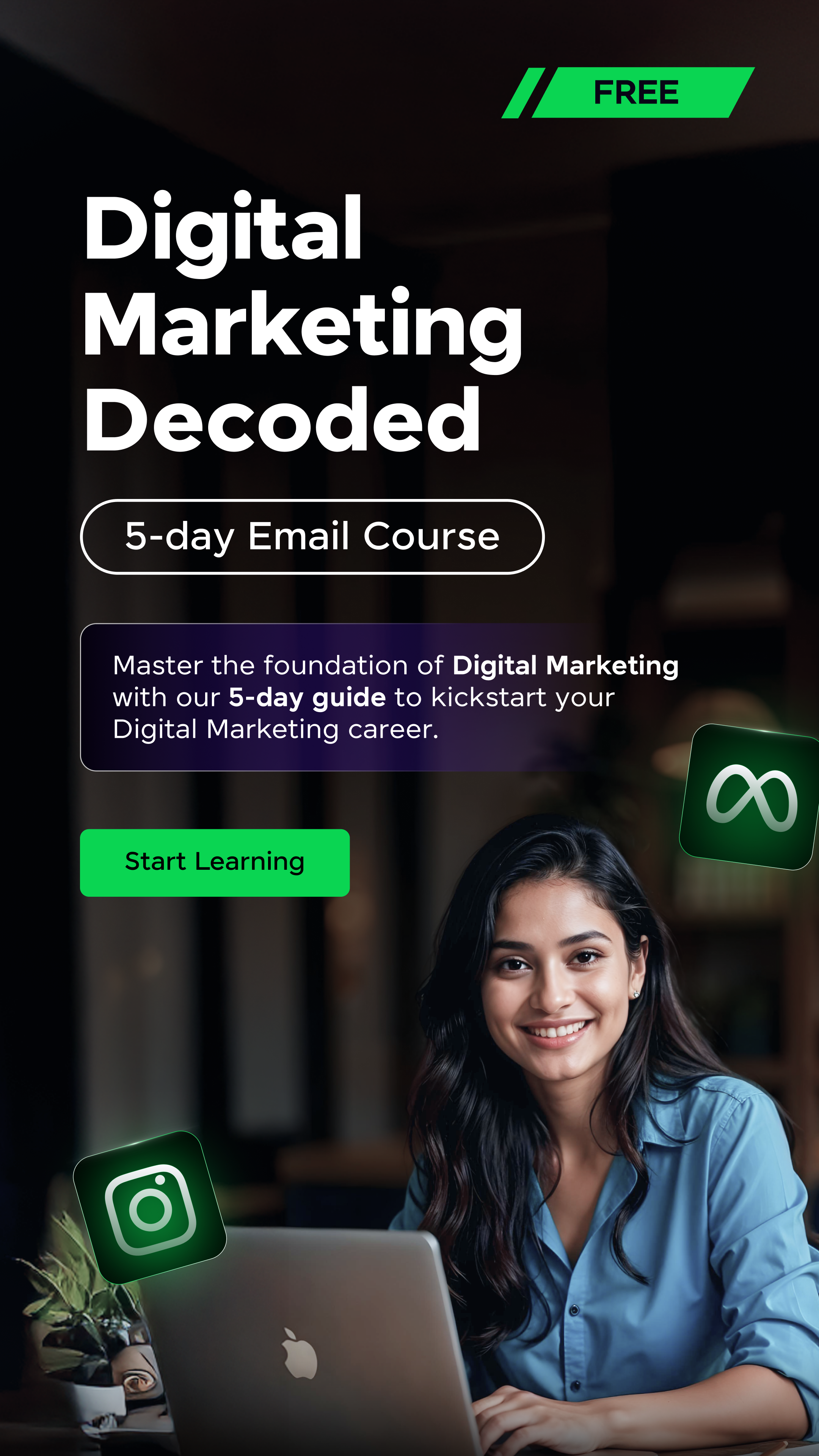



















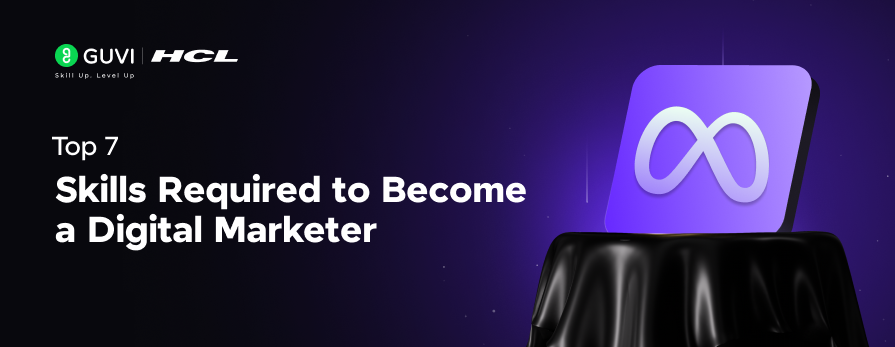
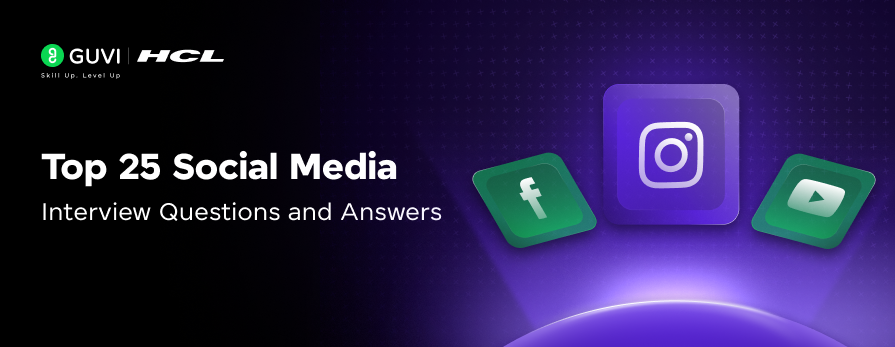
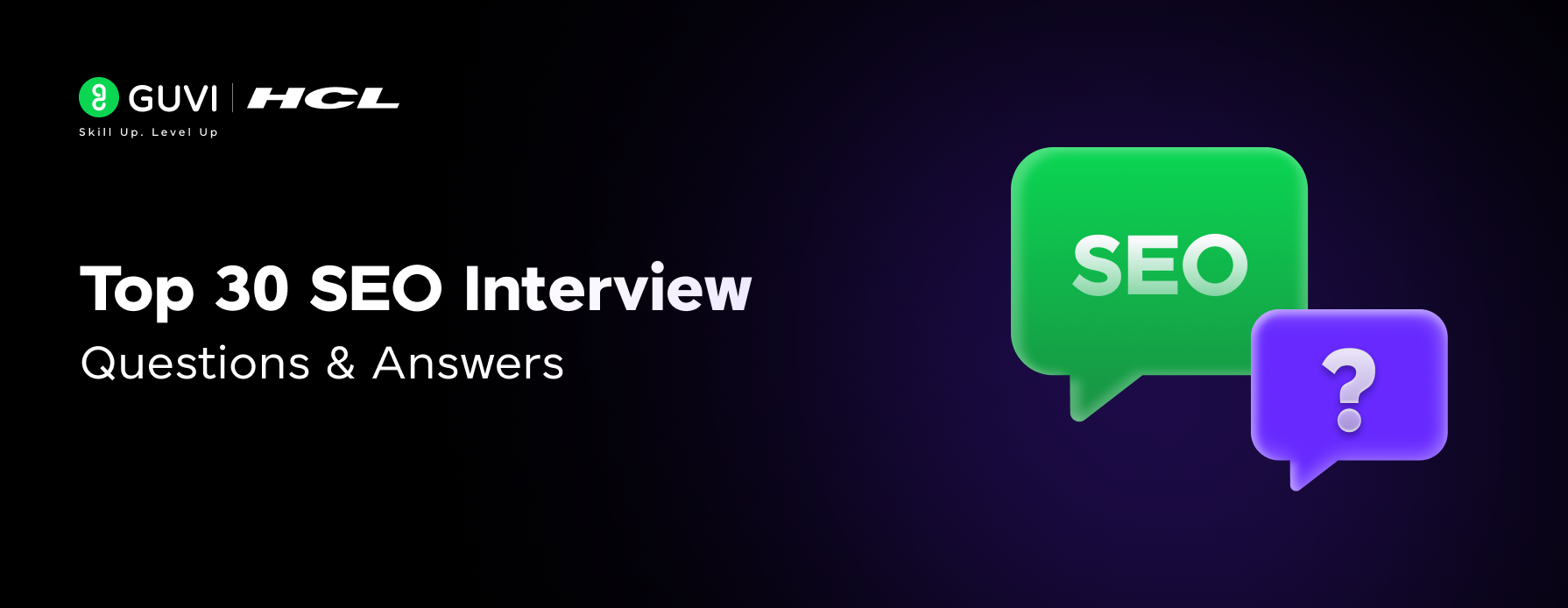
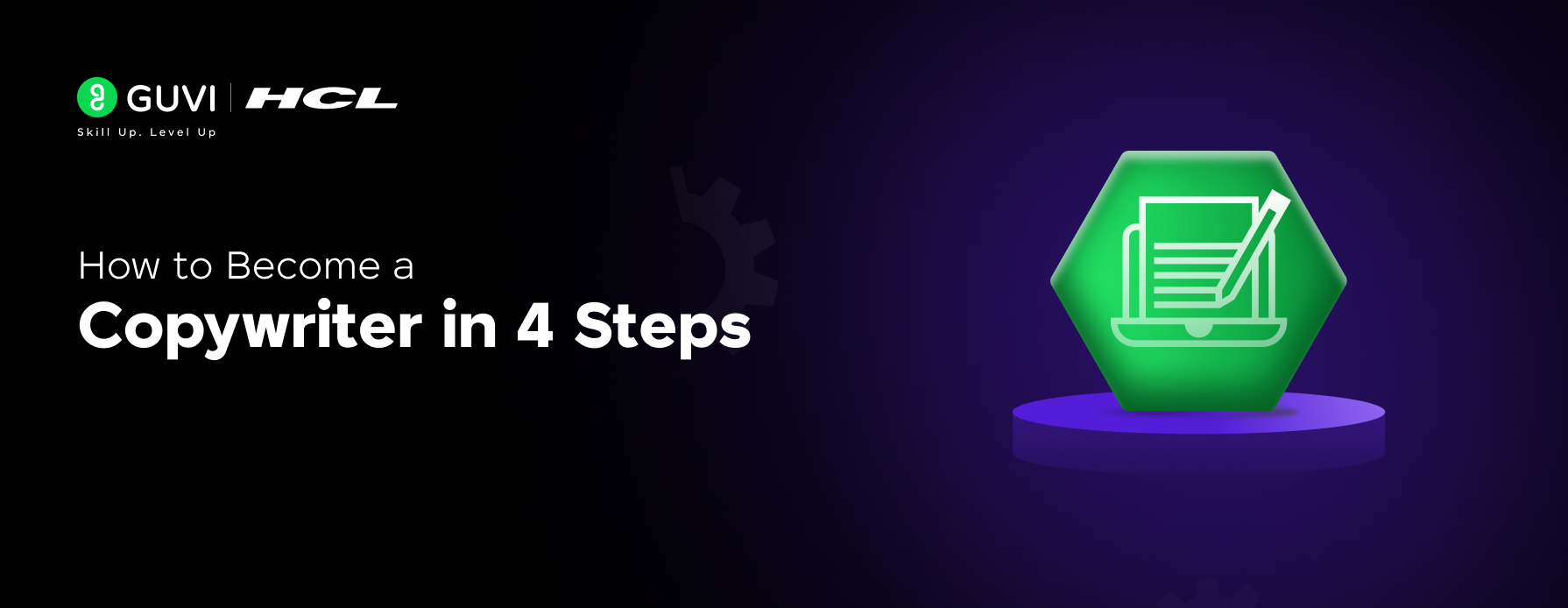
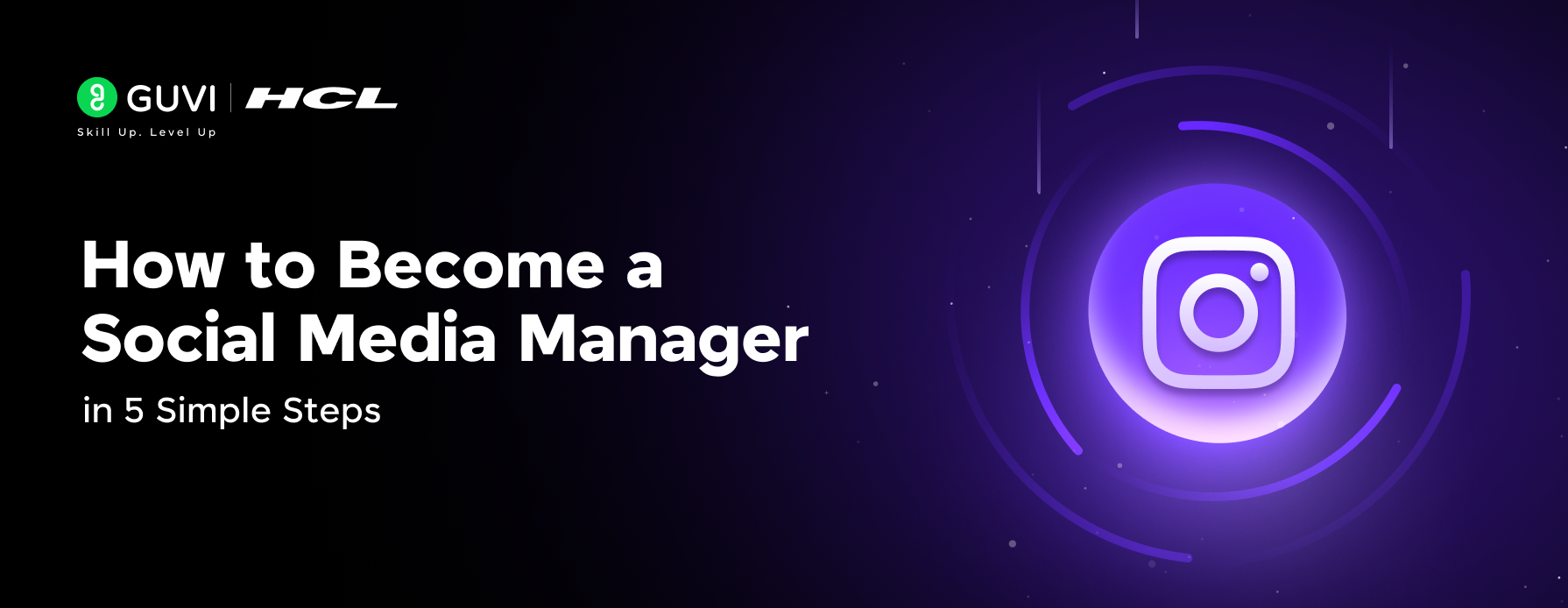
![How to Switch from Sales to Digital Marketing: A Beginner's Guide [2025] 13 sales to digital marketing](https://www.guvi.in/blog/wp-content/uploads/2025/01/How-to-switch-your-career-from-Sales-to-Digital-Marketing.png)




Did you enjoy this article?